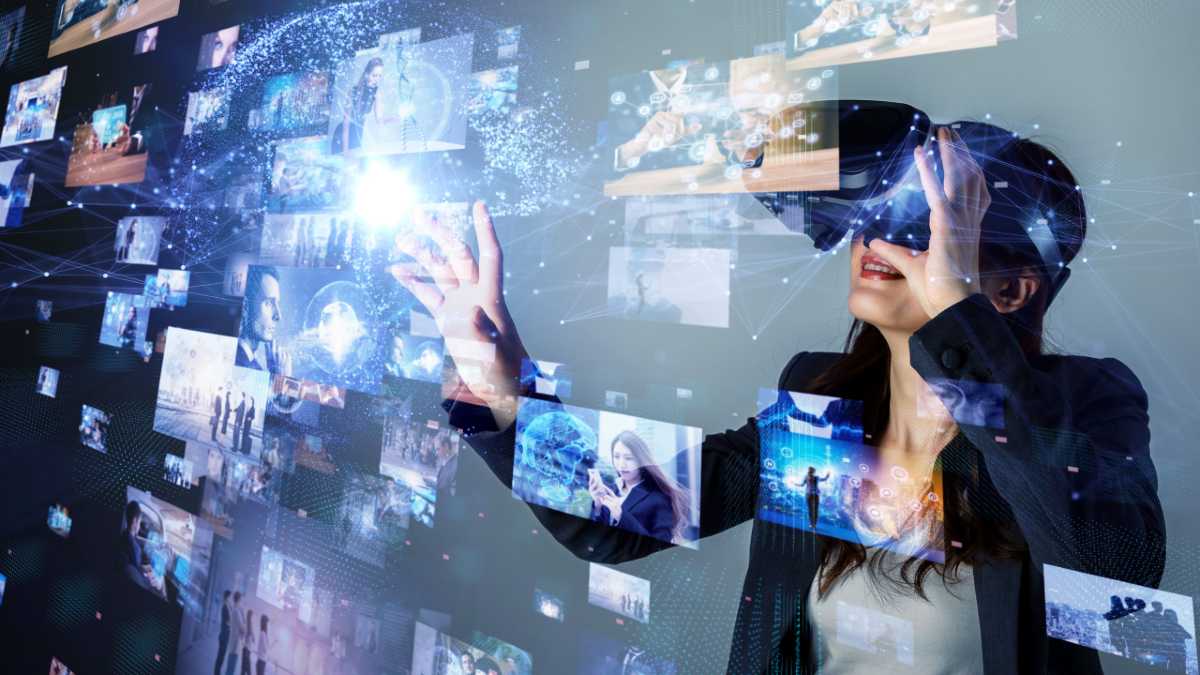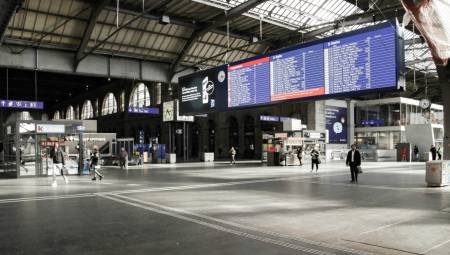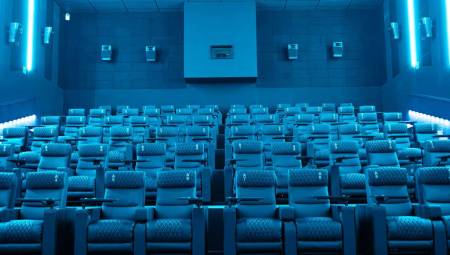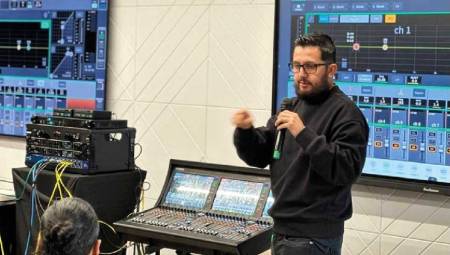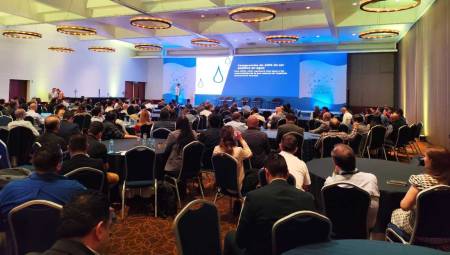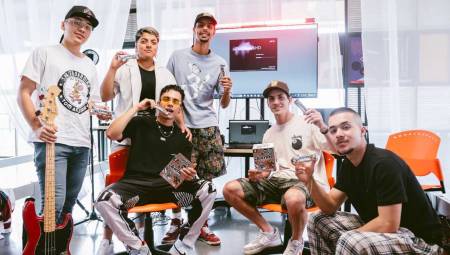The new content generation tools will facilitate a more innovative, flexible training tailored to the needs of the student.
Open University of Catalonia, UOC
The proliferation of new generative artificial intelligence (AI) tools has disrupted different areas, and the education landscape has been no exception. The great popularity and ease of use of these technologies, combined with the enormous possibilities they offer, has given way to a series of tools and applications that force us to rethink pedagogical development.
Desirée Gómez Cardosa and Guillem Garcia Brustenga, experts in trend detection and analysis at the eLearning Innovation Center (eLinC) of the Open University of Catalonia (UOC), detail the main trends involving AI in the educational environment that we will see in the classroom during the year that we are now beginning. A series of changes that will provide new possibilities for improving the educational process, but that also have some risks associated with them about which we must be warned.
1. Avatars and in multiple languages
One of the most dramatic changes will be the generalization of AI to create avatar videos, which can be starred by real or fictional people, with natural language in different languages. Thanks to production tools such as HeyGen or Synthesia, these computer-generated human representations will help deliver a more personalized and accessible educational experience on a global scale. For example, they will allow teachers to create avatars of themselves that teach in the native language of all students, even if they don't actually speak it.
2. Preparation of subjects
Another novelty will be the adoption of this generative technology by teachers as support for the preparation of subjects in different phases of the educational process. Conversational chats, such as ChatGPT, and tools such as ChatPDF will help plan the course, search and index information, outline methodological proposals or suggest online educational resources, to name a few examples.
3. Services for education through APIs
In this sense, there is also an interest in advancing the application of AI in teaching with the emergence of emerging companies specializing in AI that develop application programming interfaces (APIs) aimed at the field of education. These are APIs of artificial intelligence tools that seek to offer innovative and specific services for education. This opens the door to adding a degree of automation to tasks such as content creation, student assessment, and class management. In addition, new applications are being developed that allow any user to create personalized AI educational tools, which increases the democratization of assisted education.
4. Integration into art studios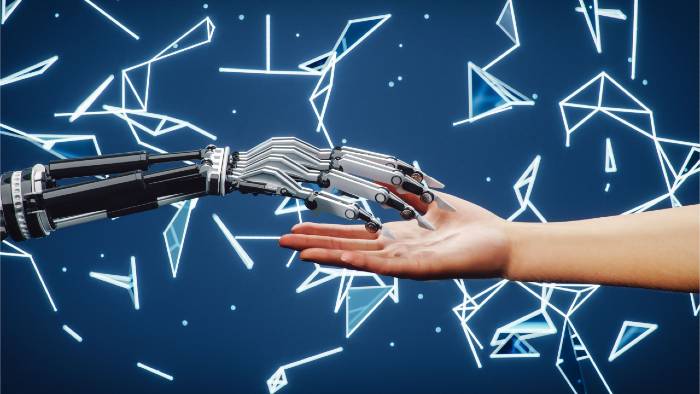 The fourth trend has to do with the inevitable integration of AI into art studios as another creative tool to produce innovative and, until now, impossible works or to assist in the creative process. Midjourney, DALL· E or Runway are some of the platforms that already allow you to work on the creation of images and video to generate highly complex visual works of art and that are increasingly used by a base of professionals specialized in these artistic fields that does not stop growing.
The fourth trend has to do with the inevitable integration of AI into art studios as another creative tool to produce innovative and, until now, impossible works or to assist in the creative process. Midjourney, DALL· E or Runway are some of the platforms that already allow you to work on the creation of images and video to generate highly complex visual works of art and that are increasingly used by a base of professionals specialized in these artistic fields that does not stop growing.
5. Personalized Learning Experiences
In addition, adaptive learning based on AI and student performance will come to the education sector as a fusion of technologies, advances and pedagogical methodologies based on the exploitation of data. The goal is to optimize education based on the unique needs and evolution of each student, which will allow for the creation or adaptation of materials and learning experiences in a personalized way.
6. Infographics, presentations, glossaries. Cost and time savings
Finally, the last trend has to do with the creation of learning resources in different ways, which saves the efforts of materialization. Some of these possibilities are support when structuring, devising and creating infographics; generate slideshows with tools like SlidesAI or Tome, or contribute to the creation of glossaries. This will help teachers reduce outsourcing and costs, as well as save time in content development.
"This is an exciting time in education because generative AI can open the doors to personalized, global learning. However, it is imperative to address the ethical risks involved and ensure responsibility in the use of these new technologies, as well as promote AI literacy and equitable access to reduce the digital divide that could be associated with it," says Desirée Gómez Cardosa, learning and teaching analyst at eLinC.
Warnings & Dangers
The authors warn that, beyond the benefits, automating certain processes and delegating decisions to artificial intelligence may entail some risks. Mainly, they highlight an excessive delegation of tasks to teachers to AI, the danger that algorithm biases affect the quality of the materials generated and that, given the turmoil of the sector and the emergence of new agents, personal data may be at risk. In addition, there are more specific risks, such as the fact that the sophistication of tools to create avatars or replicate voices can give rise to misinformation or identity theft, or that the integration of AI into the artistic process questions how intellectual property is established and can force a redefinition of the concept of the creative process.
"These trends demonstrate that generative AI can be a very powerful and transformative tool, but it also poses significant challenges and we cannot allow over-reliance to diminish the value of human interaction and critical thinking in education. Therefore, collaboration between teachers, students and developers will be key to a successful integration of these new possibilities in education. The balance between technology and humanity will be key to fully harnessing the potential of AI," concludes co-author of the analysis, Guillem Garcia Brustenga.



